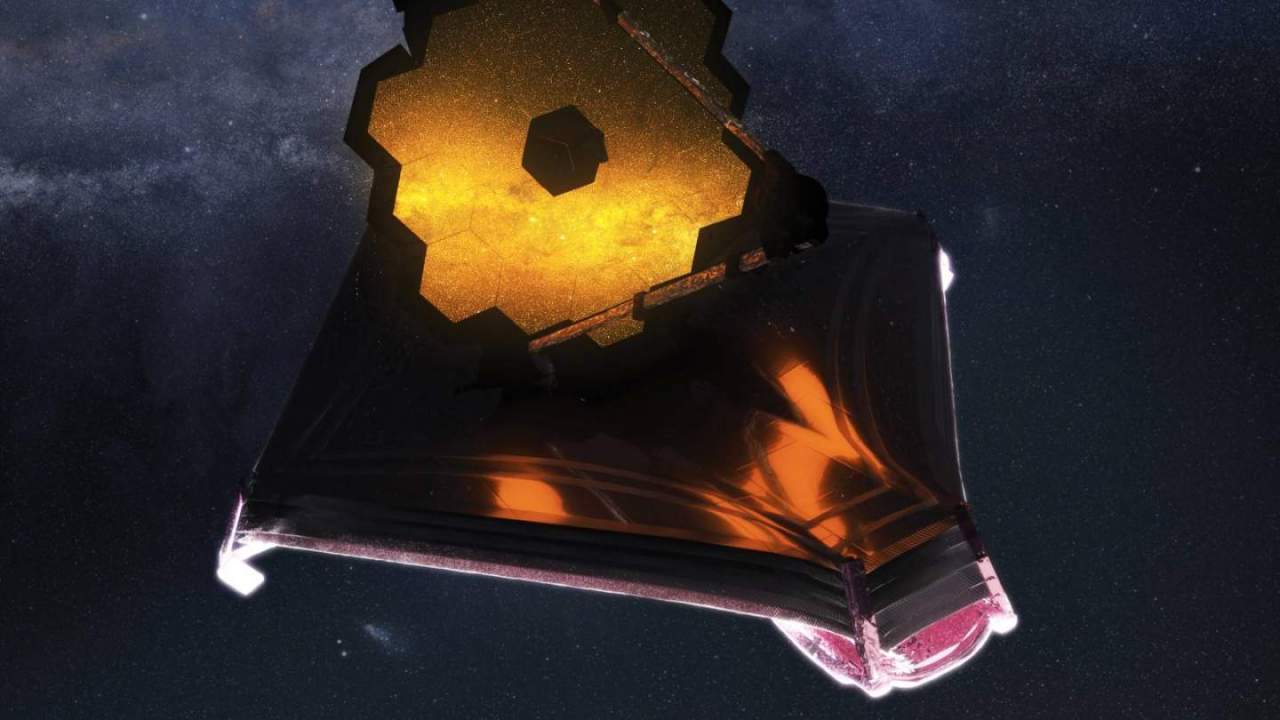After times of lapses and detainments, NASA eventually launched the James Webb Space Telescope on Christmas Day 2020, steering in a new period of space observation. The overlook is still making its way through the original stages of its charge, a process that includes everything from planting its high- gain antenna and other systems to remonstrating off its orbital injection burn.
The entire deployment process will take months, with NASA explaining in a charge timeline that the James Webb Space Telescope wo n’t begin conducting regular wisdom operations until around six months after launch, putting the end of this deployment process aroundmid-summer this time In a new tweet thread, NASA’s sanctioned Twitter account devoted to the space overlook explained why it did n’t include cameras on the telescope to record the deployment process over the coming months. Though including cameras “ sounds like a no-brainer,” NASA says, there are a number of big reasons why it made the decision to skip these instruments.
The biggest reason NASA did n’t include cameras to take filmland of the telescope on its trip are enough simple the side of the overlook facing down from the Sun is completely dark, while the side facing the Sun is so bright that any images captured would be filled with heavy discrepancy and massive light glares As if that were n’t a big enough issue to overcome, NASA would also need to power any cameras on the overlook, which would mean running lines to them. Vibration and heat may pass through the lines to the cameras, impacting their image quality, plus the “ cold side” of the space telescope would also introduce some “ delicate” power balance issues.
Speaking of temperatures, NASA also explains that it would ’ve had to have developed a special camera suitable to repel the intensively cold temperatures on the side of the overlook facing down from the Sun. The James Webb overlook was formerly an incredibly complicated design and adding cameras would only further complicate effects As mentioned, the overlook is planting colorful systems during its original weeks in space. This causes the physical configuration of the telescope to change, and any cameras mounted to it would need to be designed in such a way that these deployments would n’t intrude with them and their capability to capture images of the spacecraft.
NASA points out that it would have demanded to determine the right camera loadout for any useful images, too, similar as how numerous cameras were necessary and how to get images that were notable without making the entire setup entirely more complex. The stylish result, in light of these challenges, was simply to avoid including similar cameras entirely Rather, the space agency explains that a variety of detectors are used to determine the launch was a success and that the deployment is pacing as anticipated. The charge’s platoon on Earth receives this telemetry data from the overlook as it operates in space, enabling them to keep an eye on the system and to induce visual representations of the overlook using a “ special visualization tool.”
